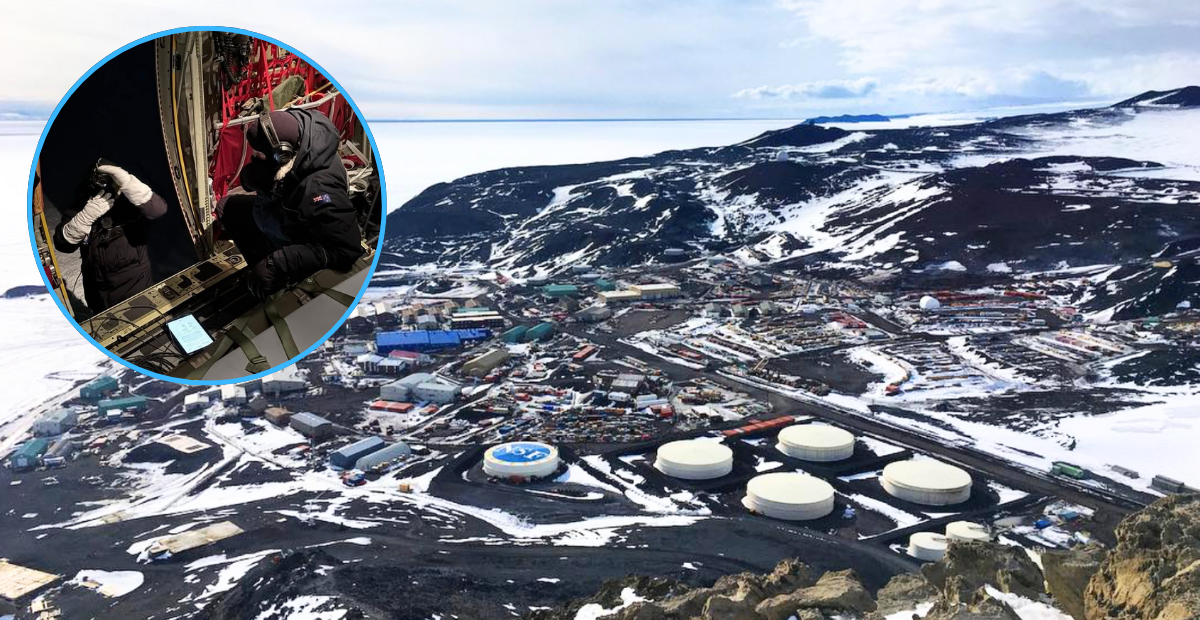Three Evacuated From U.S. Antarctic Base In High-Risk Winter Mission
on Aug 07, 2025

Three People Have Been Evacuated From A U.S. Antarctic Research Base
New Zealand’s air force successfully carried out a high-risk evacuation of three people from a U.S. Antarctic research base, battling freezing temperatures and unending winter darkness.
One person in need of urgent medical care and two others requiring treatment were evacuated from McMurdo Station on Tuesday, according to a statement from the Royal New Zealand Air Force (RNZAF).
The aircraft arrived in Christchurch on Wednesday morning. Officials withheld specifics regarding the nature of the medical emergencies and the evacuees’ nationalities.
Air Commodore Andy Scott of New Zealand said that mid-winter flights to Antarctica are among the most challenging missions for air crews, due to the extreme cold and the difficulty of landing on an ice runway in complete darkness.
“(It is) an extremely challenging environment to fly in on night vision goggles due to the extreme weather conditions, which are highly changeable at this time of year and makes accurate forecasting a challenge,” Scott said.
Overnight, the RNZAF carried out a high-risk winter medevac from the U.S. Antarctic Program’s McMurdo Station. Landing a large aircraft on ice, in darkness, using night vision, takes precision and extraordinary skill. We are deeply grateful for the crew’s professionalism,… pic.twitter.com/IKrS2bxxEQ
— US Embassy NZ 🇺🇸🇳🇿 (@usembassynz) August 6, 2025
What Is McMurdo Station?
McMurdo Station is the largest U.S. research station in Antarctica, serving as the main hub for American scientific and logistical operations on the continent, according to the United States Antartic Program.
Scientists study a wide range of topics, most of which are focused on understanding Earth’s environment, climate, ecosystems, and even outer space.
Because of its unique location, Antarctica provides a natural laboratory for research that can’t be done anywhere else on the planet.
“Repair facilities, dormitories, administrative buildings, a firehouse, power plant, water distillation plant, wharf, stores, clubs, warehouses, a science support center, and the first-class, 4,320 square-meter Crary Lab are linked by above-ground water, sewer, telephone, and power lines,” the website states.











